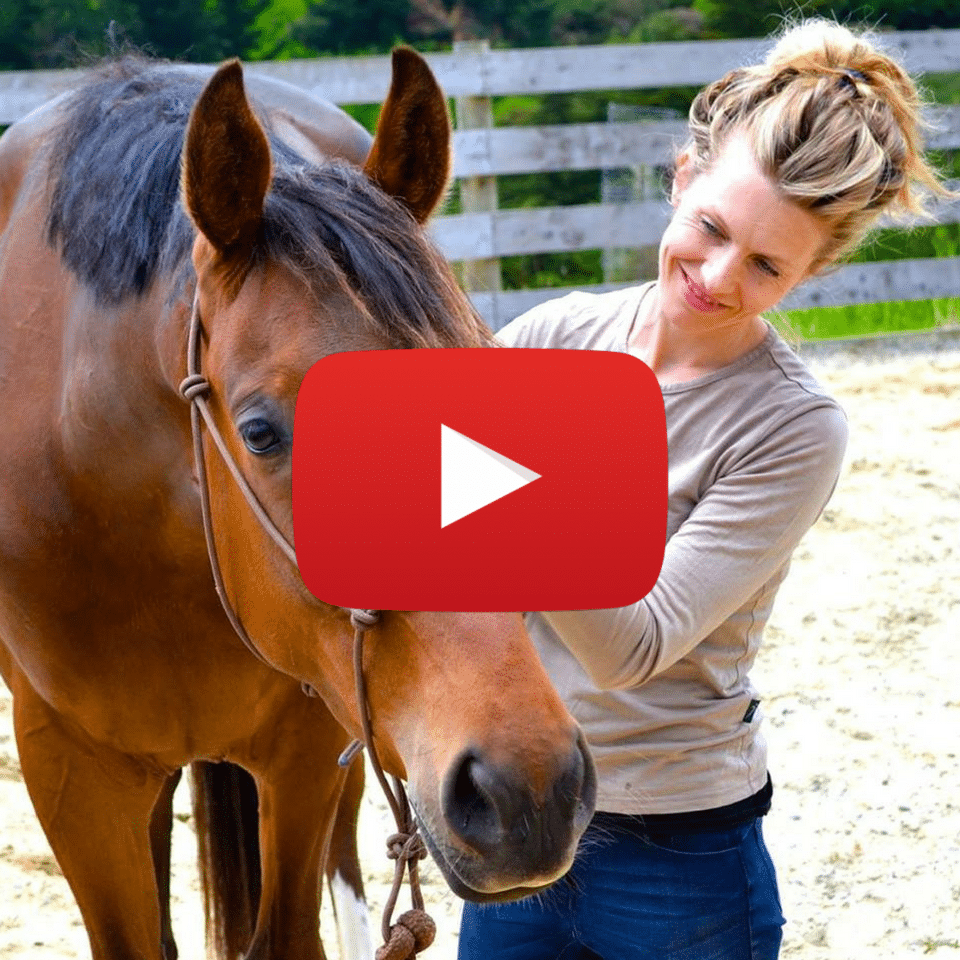The superficial front line of fascia is a literal line that travels up the middle on the body. In the movement work that I practice and teach, the Centerline is our north star. Awareness and coordination of the Centerline in movement is what allows not only for openness of the system overall, but for balance, coordination, and symmetry.
Symmetry in and of itself is an interesting discussion. Most conversations on rider posture and position discuss symmetry from the point of view of left-right balance. In other words, if we drew a line down the middle of the body, we want the left and right sides of the body to sit equally either side of that line. We often judge the idea of symmetry from a visual aesthetic (Oh, that looks straight! Yes, that looks more balanced now!), rather than considering the parts of the body at play that contribute to functional and healthful movement… which is more about how the internal structures of the body move that how the outer tube of the body appears to the eye.
In my work, we consider symmetry to be present when the left side of the body is working in coordination with itself (and conversely the right side also). So as my pelvic girdle on the left moves, so does my rib cage, shoulder girdle, skull, and legs. They all move together. In functional movement then, my Centerline may sit closer to the left side of my body than the right, but for as long as the entire left side coordinates, I am symmetrical.
Now back to the Centerline. In the parasympathetic system, it is the fascial trains and organs that motivate movement. This means that no matter if the body is in an arch or a curl; no matter if I move left or right, the distance between the coordinates of my Centerline stay the same. As a result, I don’t experience compression and my body naturally seeks to harmonise with the movement of my horse and my Centerline coordinates with theirs as the balance point.
In the sympathetic system, movement and force output is generated by the lumbar and cervical spine. The fascia dehydrates to compress the bones together, so I have more surfaces of acceleration to power off. Now, instead of my Centerline staying the same length, it shortens and lengthens, producing compression on bones and vertebrae (lower back pain or neck pain anyone?).
In our sympathetic state, we also use our abdominals to create breath, causing the fascial trains to lose tension. Loss of tension means, once again, that they can’t move or slide, causing a loss of integrity overall and patterns of restriction and compensation in the body as a whole.
In my membership program, JoyRide, I am teaching a workshop of Movement Arcs that explains the relationship of both the Centreline and Lateral lines in movement, and how our knowledge of them can create a more easeful experience in the saddle.
Why is this relevant to you? Here are a few reasons
- Understanding how the body moves differently in the different nervous system states is an important part of being able to understand your own “stuck points” from a position point of view (and what’s more, begin to change them)
- If you are moving in dominantly sympathetic or fight flight movement patterns, your body will be compromised physically over time. Fight Flight movement is designed for short bursts- for purposes of survival. But when we have inadvertently either become “stuck” in a sympathetically dominant state or learn certain movements with a sympathetic motor pattern, we are essentially compressing the structure of our body when we move.
- Emotionally and mentally, your motor patterns intrinsically affect your emotional wellbeing. If you rise to the trot for instance in a sympathetic pattern of movement, you will be firing off your fight flight nervous system even when the circumstances don’t call for it.
You can check out the membership here. I’m also producing a series of ridden audios included in the membership to support the work we are doing out of the saddle.
❤️ Jane

